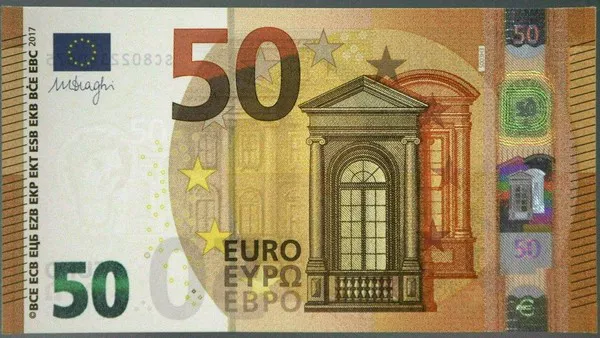Symbols play a crucial role in representing currencies, and they often become synonymous with their respective monetary units. The euro, as a widely used currency in Europe, is denoted by the symbol “€.” However, it is essential to explore the origins and meaning of this symbol to better understand its relationship with the euro. In this article, we delve into the question of whether the symbol “€” truly represents the euro, examining its historical background and significance.
The Birth of the Euro Currency
- Introduction of the Euro: The euro was introduced as the official currency of the Eurozone in 1999, initially as a digital unit of account. It was later adopted as physical currency in 2002, replacing the national currencies of participating European Union (EU) member states.
- Symbol Selection Process: The European Commission launched a design competition in 1996 to select a symbol for the euro currency. The aim was to create a unique and easily recognizable symbol that would represent the unified currency of the Eurozone.
Origins and Meaning of the € Symbol
- Historical Context: The selection of the euro symbol was a result of a comprehensive design process involving experts and stakeholders. The European Union sought a symbol that would reflect the currency’s European identity and represent its cultural and economic diversity.
- Design Inspiration: The winning design, created by Belgian graphic designer Alain Billiet, was inspired by the Greek epsilon (Ε) character, which is a nod to the birthplace of democracy and European civilization. The design also incorporates a double crossbar, representing stability and balance.
- A Universal Symbol: The euro symbol is designed to be easily recognizable and distinguishable from other currency symbols. Its clean and modern appearance aims to convey a sense of professionalism and confidence, reflecting the Eurozone’s economic and monetary strength.
Acceptance and Usage
- Official Adoption: The € symbol was officially adopted as the currency symbol for the euro in 1997 by the European Union. It serves as a visual representation of the euro and is widely used in official documents, financial transactions, and public communication related to the currency.
- International Recognition: The € symbol has gained international recognition as the symbol for the euro. It is widely used in global financial markets, foreign exchange trading, and digital platforms to denote the euro currency. Its adoption as a standard symbol has facilitated ease of communication and reduced confusion in international transactions.
Symbolic Representation of the Euro
- Cultural Significance: The € symbol has become a cultural and visual representation of the euro currency. It is often associated with European identity, economic integration, and the Eurozone’s collective strength. The symbol has been embraced by businesses, consumers, and the general public as a recognizable emblem of the euro.
- Linguistic Adaptation: The € symbol is used across various languages and alphabets, transcending linguistic barriers. It allows for consistent representation of the euro’s value and enhances cross-border communication in the Eurozone, where multiple languages are spoken.
- Practicality and Convenience: The € symbol offers practicality and convenience in written and digital communication. Its concise and distinctive design makes it easy to identify and use, saving time and effort in expressing euro values.
Conclusion:
The € symbol has become an integral part of the euro’s identity and representation. Its selection and design process, inspired by European history and culture, aimed to create a unique and recognizable symbol for the unified currency of the Eurozone. Widely accepted and used, the € symbol represents the euro in official, financial, and everyday contexts, transcending language and cultural boundaries. It serves as a unifying emblem, reflecting the Eurozone’s economic integration and collective strength.
Related Topics:
- Strategies For Choosing the Optimal Day to Buy Euros
- Exploring the Exchange Rate of AUD to Euro: A Comprehensive Guide
- Your Guide to Exchanging Dollars for Euros

























